The Ultimate B2B Cold Email Outreach Guide For 2025: Strategies And Tips
Cold email outreach has evolved far beyond simply sending a templated message and hoping for a reply. In 2025, decision-makers are bombarded with hundreds of emails daily, making it harder than ever to stand out. Successful outreach now requires a blend of personalization, data-driven targeting, and smart automation that feels human rather than robotic. This guide will walk you through the latest strategies, tools, and best practices to help you cut through the noise, build meaningful connections, and turn cold prospects into warm business opportunities.
Understanding B2B Cold Email Outreach: Definitions and Importance
Business to business marketing relies heavily on effective cold emailing as a cornerstone for lead generation and customer acquisition. Cold email outreach is the practice of reaching out to potential clients or stakeholders who have had no prior interaction with your brand. Unlike cold calling, cold emailing offers a non-intrusive way to begin the sales funnel, enabling prospects to engage on their own terms. In 2025, cold emailing has become an essential sales outreach tactic closely integrated with email marketing and marketing automation strategies.
Cold emailing bridges the gap between prospecting and lead nurturing, allowing sales teams to target specific segments of their audience with personalized content. This method enhances email deliverability and open rates, resulting in higher click-through rates and increased conversions. With the rise of email outreach software such as Outreach.io, SalesLoft, and Mailshake, businesses can streamline their cold emailing efforts, automate follow-up emails, and track responses systematically, making cold email outreach an indispensable part of any B2B sales strategy.
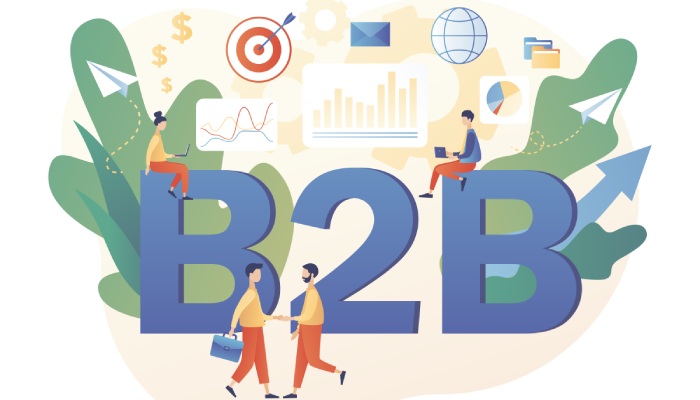
Latest Trends Shaping B2B Cold Email Strategies in 2025
Several trends are redefining how B2B cold email outreach is conducted in 2025. One notable shift is the increased reliance on hyper-personalization, powered by CRM integration with platforms like HubSpot, Freshworks CRM, and Zoho CRM. By leveraging customer data and target audience segmentation, marketers can create finely tuned email sequences that resonate on a personal level, driving engagement and response rates.
Another significant trend is the gamification of email drip campaigns combined with A/B testing to optimize email copywriting and subject lines, thereby improving open rates and conversion optimization. The use of AI-powered tools for lead generation and email deliverability checks has also gained prominence, ensuring emails land in the inbox rather than the spam folder.
Automation platforms such as ActiveCampaign, Reply.io, and Lemlist offer robust marketing automation functionalities that enable sophisticated outbound marketing efforts, combining email automation with tasks like cold calling and LinkedIn Sales Navigator integration. These solutions support response tracking and lead nurturing workflows that maintain strong relationships throughout the sales funnel.
Additionally, there is a growing focus on quality over quantity in email list building. Rather than blasting broad lists, marketers are honing in on niche target segments, aided by email outreach software like Woodpecker.co, Klenty, and Apollo.io, which specialize in precise lead targeting and engagement monitoring.
Building a Targeted B2B Email List: Techniques and Tools
Email list building remains foundational to successful cold emailing campaigns. Effective list building starts with clearly defining your target audience segmentation criteria based on factors such as industry, job role, company size, and geographic location. Using databases powered by LinkedIn Sales Navigator, Snov.io, and SalesHandy, marketers can extract highly qualified leads aligned with their B2B sales strategy.
Best practices in list building emphasize data hygiene and email deliverability. Regularly cleaning email lists through verification tools helps maintain high open rates and reduces bounce rates. Integrating email outreach software with CRMs like HubSpot or Zoho CRM ensures seamless syncing of contacts and accurate response tracking.
Furthermore, many companies employ hybrid strategies combining outbound marketing and inbound lead capture to enrich their lists continuously. Tools such as ConvertKit and Benchmark Email support lead generation campaigns by integrating signup forms and drip campaigns that automatically nurture leads before initiating cold email sequences.
Using cold email templates provided by platforms like Reply.io or PersistIQ can jumpstart your campaign creation process, but customization based on recipient data is key. Moreover, CRM integration facilitates targeted follow-up emails tailored to each prospect’s unique behavior and engagement history, maximizing the chances of conversion.
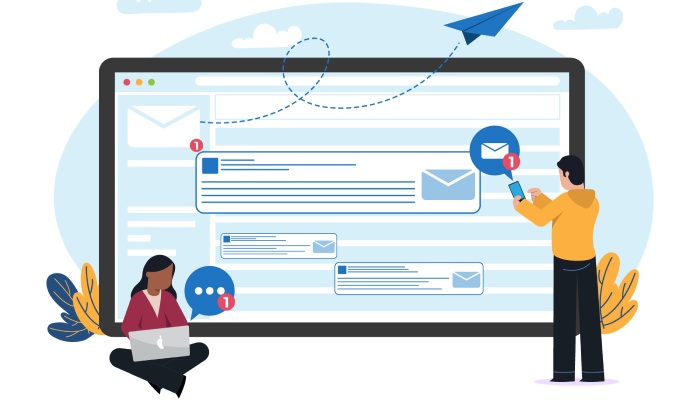
Crafting Compelling Subject Lines That Boost Open Rates
Subject lines serve as the gateway to your email content and play a pivotal role in determining open rates. In B2B cold emailing, where the competition for attention is fierce, crafting subject lines that are both attention-grabbing and relevant is critical. Using A/B testing, marketers can experiment with variations to discover what resonates best with their target audience segmentation.
Effective subject lines often incorporate personalization tokens such as the recipient’s name, company, or recent achievements, supported by platforms like Lemlist and Yesware that facilitate dynamic email personalization. Avoiding spammy words and keeping the subject concise enhances email deliverability and ensures your message stands out in crowded inboxes.
Additionally, incorporating action-oriented or curiosity-provoking language can increase click-through rates by enticing recipients to open and engage with the email. Sales outreach experts like Steli Efti and Jeb Blount emphasize understanding the prospect’s pain points through research and mirroring those insights in subject lines and email copywriting to enhance relevance.
Personalization Tactics to Increase Engagement
Email personalization extends far beyond simply addressing recipients by name. Advanced personalization tactics involve leveraging CRM integration and marketing automation tools such as Groove, ActiveCampaign, and Customer.io to tailor email content based on buyer personas, past interactions, and specific needs identified during the prospecting phase.
Segmented email sequences adapt messaging and timing, ensuring prospects receive relevant information aligned with their position in the sales funnel. Incorporating personalized cold email templates and customized follow-up emails based on user behavior improves engagement rates dramatically.
Furthermore, integrating email automation with lead nurturing and response tracking provides insights into prospect activity, allowing sales teams to optimize their outreach strategies continuously. Using platforms like VanillaSoft or SmartReach.io, teams can automate complex email drip campaigns that simulate human-like interactions, making emails feel timely and thoughtful.
Another best practice involves combining email personalization with multi-channel outreach, incorporating cold calling and LinkedIn touches to increase touchpoint frequency and brand recall. This holistic approach, championed by industry leaders like Aaron Ross, magnifies the impact of each touch, producing more qualified leads and accelerating customer acquisition.
Statistical Data: Key Email Outreach Metrics for B2B Marketing in 2025
• Average open rates for personalized cold emails: 35-45%
• Click-through rates increase by up to 50% with segmented email sequences
• Follow-up emails contribute to 21% of total email responses
• Email deliverability rates improve by 15% using AI-driven verification tools
• Conversion rates increase by 30% when integrated with CRM and automation
• Response tracking accuracy enhanced by over 25% with advanced email outreach software
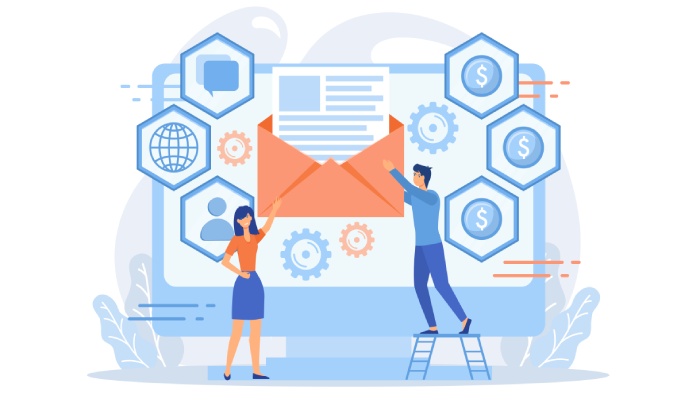
Writing Effective Cold Email Copy That Converts
Crafting cold email copy that converts is an essential pillar of any successful B2B sales strategy. The effectiveness of outreach relies heavily on email copywriting that not only captures the recipient’s attention but also drives action. When writing cold emails, personalization is paramount—segmentation of your target audience enables tailored messaging that resonates with their specific pain points and business needs.
Start your emails with a compelling subject line that enhances email deliverability by encouraging higher open rates. Tools like Lemlist and Woodpecker.co offer valuable insights and cold email templates to optimize subject lines and content structure. Incorporating clear value propositions early in the body of the email helps to improve click-through rates and response tracking outcomes.
Keep your messaging concise and focused on the prospect’s benefit to optimize conversion rates during the prospecting phase. Use email personalization tokens to insert specific details such as company names or recent achievements, increasing relevance and trustworthiness. Including a direct call to action—whether scheduling a demo via HubSpot’s meeting scheduling features or requesting a quick call—drives engagement further down the sales funnel.
Incorporating Social Proof and Credibility Elements
In competitive outbound marketing landscapes, social proof significantly boosts customer acquisition by enhancing your cold emailing credibility. Adding references to well-known clients, case study snippets, or relevant industry awards can increase open rates and engagement, as prospects perceive your offering as trustworthy.
Leverage tools like Sendoso to incorporate gifts or personalized swag as part of a multi-touch outreach approach strengthening lead nurturing efforts. Embedding statistics or mini testimonials within email sequences helps illustrate tangible ROI or success stories, reinforcing your position in business to business marketing. For example, an email might note, “Over 200 companies, including top players found via LinkedIn Sales Navigator, have improved their lead generation by 30% using our platform.”
Timing and Frequency: When and How Often to Send Emails
Timing and frequency remain critical components in cold emailing campaigns. According to industry experts such as Jeb Blount and Aaron Ross, it is crucial to strike a balance that prevents prospects from feeling spammed while maintaining consistent engagement with follow-up emails.
Analyzing engagement data from email outreach software like SalesLoft, Outreach.io, or PersistIQ helps identify optimal sending windows and refine the cadence of your email drip campaigns. Morning sends during mid-week frequently generate superior open rates, while integrating follow-up emails spaced 3–5 days apart prevents prospect burnout.
Implementing CRM integration through platforms such as Freshworks CRM or Zoho CRM ensures seamless tracking of outreach cadence, helping sales teams customize prospecting sequences to nurture leads optimally through the sales funnel. Combining cold emailing with cold calling often enhances results by reinforcing messaging across channels.
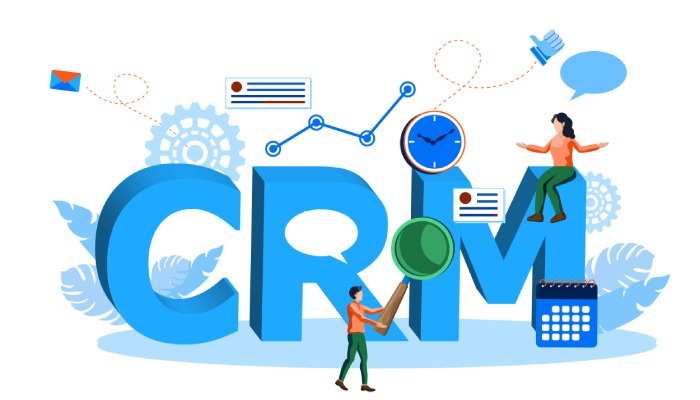
Using Automation and AI to Scale Outreach Efforts
Email automation and AI-powered tools have revolutionized B2B sales strategy by enabling scalable, personalized campaign delivery without sacrificing quality. Platforms like Reply.io, Mixmax, Klenty, and SmartReach.io allow sales teams to deploy multi-step email sequences with dynamic content tailored via advanced segmentation and targeting criteria.
Marketing automation software such as ActiveCampaign or Customer.io integrates with CRM systems, providing powerful lead generation and lead nurturing capabilities, automating response tracking and enabling refined audience segmentation. This improves conversion optimization by focusing on prospects demonstrating higher engagement levels.
Adopting AI-driven personalization engines enhances cold email templates by dynamically adapting content based on user behavior and preferences, driving open rates and click-through rates upwards. Additionally, many email outreach software solutions incorporate predictive analytics to prioritize leads and suggest optimal times for outreach, streamlining the prospecting process significantly.
A/B Testing Your Cold Email Campaigns for Optimal Performance
A/B testing is an indispensable practice in refining cold emailing for lead generation and customer acquisition success. By testing variations in subject lines, email copy, calls to action, and send times, sales outreach teams gain invaluable insights into what resonates most with their target audience.
Email marketing platforms like Benchmark Email, Mailshake, and SalesHandy simplify A/B testing by automating sample splits and providing comprehensive analytics on open rates and click-through rates. Steli Efti often emphasizes the importance of continuous testing and iteration for sustained outbound marketing efficacy.
Results from A/B tests guide conversion optimization by highlighting the most effective messaging and creative elements, enabling sales reps to tailor follow-up emails with greater precision. Combining A/B testing with response tracking in CRM-integrated systems like HubSpot or Freshworks CRM allows teams to develop data-driven cold email sequences that consistently boost engagement and lower dropout rates in the sales funnel.
Ensuring Compliance with Email Regulations and Privacy Laws
Adhering to email regulations and privacy laws is critical for maintaining trust and protecting your brand’s reputation in business to business marketing efforts. Compliance with frameworks such as CAN-SPAM, GDPR, and CASL requires strategic email list building practices, including acquiring explicit consent and honoring unsubscribe requests promptly.
Utilizing email outreach software providers like Snov.io, Vanillasoft, or Zoho CRM, which embed compliance controls and offer features for managing audience segmentation and consent tracking, helps ensure your outbound marketing campaigns remain lawful. Regularly updating your email lists to remove unengaged contacts improves email deliverability and minimizes the risk of spam complaints.
In addition, clear privacy policies and transparent email personalization practices reinforce ethical marketing automation use, helping to foster long-term relationships in customer acquisition cycles. Sales organizations advised by experts like Aaron Ross advocate for proactive compliance audits integrated into lead nurturing workflows to avoid inadvertent breaches.
This strategic integration of effective cold email copywriting, social proof, optimized timing, automation, rigorous A/B testing, and strict regulatory compliance ultimately enhances the impact of outbound sales outreach, driving sustained B2B growth and lead generation success.
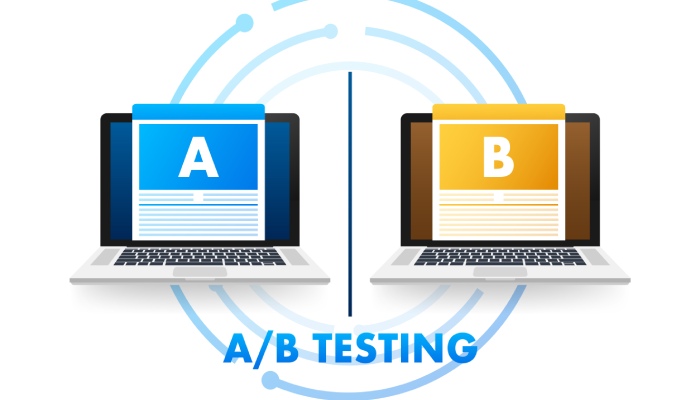
Analyzing Metrics: How to Measure Cold Email Campaign Success
Measuring the success of your cold emailing efforts is crucial to refining your business to business marketing strategy and optimizing customer acquisition. Key performance indicators such as open rates, click-through rates, and response rates offer valuable insights into the effectiveness of your sales outreach and lead generation efforts.
Open Rates and Email Deliverability
Open rates indicate how many recipients have opened your email, which directly reflects on your email deliverability and the relevance of your subject line. Tools like SalesLoft, Outreach.io, and Yesware provide detailed analytics for tracking these metrics. A low open rate may point to issues with your email list building or target audience segmentation, suggesting a need for improved email copywriting or more precise prospecting.
Click-Through Rates and Conversion Optimization
Click-through rates measure the percentage of recipients who click on links within your message, signaling engagement beyond the initial read. For B2B sales strategy optimization, integrating A/B testing into your email sequences helps compare different calls to action or content formats, refining conversion optimization. Platforms such as Lemlist and Mailshake facilitate these testing protocols within marketing automation workflows.
Response Tracking and Lead Nurturing
Tracking responses and follow-up emails is essential for nurturing leads through the sales funnel. CRM integration with systems like HubSpot, Zoho CRM, or Freshworks CRM enhances response tracking by automatically updating contact statuses and triggering email drip campaigns. Automated response tracking in tools like Reply.io or PersistIQ allows sales teams to schedule timely follow-up emails, crucial in outbound marketing where persistence pays off.
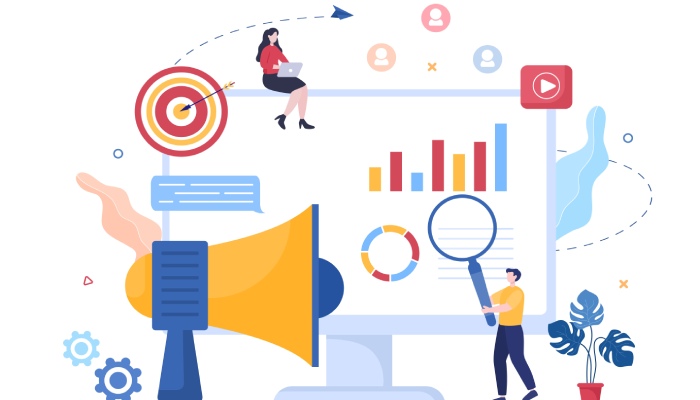
Handling Responses: Following Up and Managing Replies Professionally
Properly managing replies and follow-up emails is a cornerstone of successful cold email campaigns. When a prospect replies, timely and personalized engagement helps move prospects down the sales funnel toward conversion.
Crafting Effective Follow-up Emails
Follow-up emails should build upon the initial interaction with tailored messaging that addresses the prospect’s specific needs or objections. Using cold email templates from platforms like Woodpecker.co or SmartReach.io can streamline this process, while personalized touches ensure that communications do not feel robotic. Jeb Blount emphasizes the importance of crafting responses that demonstrate empathy and value, strengthening the business relationship.
Leveraging Email Automation and CRM Integration
Marketing automation tools such as ActiveCampaign or Customer.io allow for the creation of responsive email sequences triggered by prospect behavior, such as opening emails without replying. This dynamic approach to follow-up enhances lead nurturing while maintaining consistent communication without overwhelming the prospect. Integrating with CRMs like HubSpot ensures seamless tracking of these interactions and guides account executives in prioritizing leads.
Balancing Persistence with Professionalism
Though cold calling remains a viable complement to cold emailing, overzealous follow-ups can damage brand reputation. Thought leaders like Steli Efti recommend a measured approach that respects the prospect’s time and preferences, incorporating opt-out options and avoiding overly frequent emails. This fosters goodwill and maintains compliance with email deliverability standards.
Common Mistakes to Avoid in B2B Cold Email Outreach
Despite the potential of outbound marketing, many campaigns falter due to common errors that undermine email marketing effectiveness.
- Neglecting Target Audience Segmentation: One major pitfall is a failure to segment the email list appropriately. Generic messaging risks alienating prospects and reducing open rates. Tools like Apollo.io and LinkedIn Sales Navigator facilitate precise prospecting by enabling granular segmentation based on industry, job role, and company size.
- Lack of Email Personalization and Relevant Content: Cold email templates can serve as useful frameworks, but excessive reliance on generic copywriting diminishes engagement. Leveraging personalization, such as referencing a prospect’s recent company news or pain points, increases response rates. Nureply, Lemlist, and Klenty offer email outreach software with advanced personalization capabilities to customize each message at scale.
- Ignoring Email Deliverability Best Practices: Poor email deliverability, often due to spammy language or outdated contacts, leads to low open rates. Regularly cleaning your email lists using Snov.io or QuickMail helps maintain hygiene. Additionally, avoiding overly aggressive cold calling frequency and respecting unsubscribe requests safeguards your sender reputation.
- Failing to Optimize Through Data and Testing: Not utilizing A/B testing or response tracking limits the ability to improve campaigns. Lack of actionable data can stall conversion optimization. Benchmark Email and SalesHandy provide in-depth reporting tools that empower marketers to iterate on subject lines, email copy, and cadence effectively.
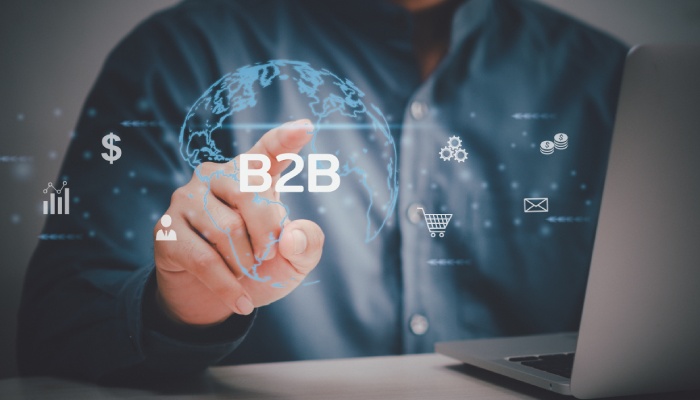
Future Outlook: Emerging Technologies and Strategies for Cold Email in B2B
The future of cold emailing in B2B sales is shaped by advances in AI-driven personalization, deeper CRM integration, and sophisticated marketing automation.
AI-Powered Email Personalization and Copywriting
Artificial intelligence tools now enable hyper-personalized email content tailored to individual recipient profiles, improving open rates and conversions. Platforms like Groove and SalesLoft are integrating AI to suggest optimal phrasing and timing for sales outreach, transforming traditional cold email templates into dynamic, adaptive scripts.
Enhanced CRM Integration and Data Enrichment
Typically, CRMs such as Freshworks CRM and Zoho CRM are incorporating real-time data enrichment to provide sales teams with richer context about prospects. This integration facilitates smarter prospecting and optimized lead nurturing by linking multiple data sources with email outreach software, streamlining the customer acquisition journey.
Automation and Multi-Channel Sales Outreach
Marketing automation continues to evolve, expanding beyond email into integrated outbound marketing strategies that combine cold emailing with cold calling, social selling via LinkedIn Sales Navigator, and direct mail technologies like Sendoso. This multi-channel approach, supported by platforms like VanillaSoft and PersistIQ, ensures more comprehensive engagement across the sales funnel.
Focus on Responsiveness and Customer Experience
Future cold email campaigns will place greater emphasis on response tracking and conversational marketing techniques. Automated workflows will facilitate rapid, personalized follow-ups, improving prospect satisfaction and reducing lead drop-off, aligning with insights from B2B sales experts such as Aaron Ross, who advocate for scalable but human-centric sales outreach.



